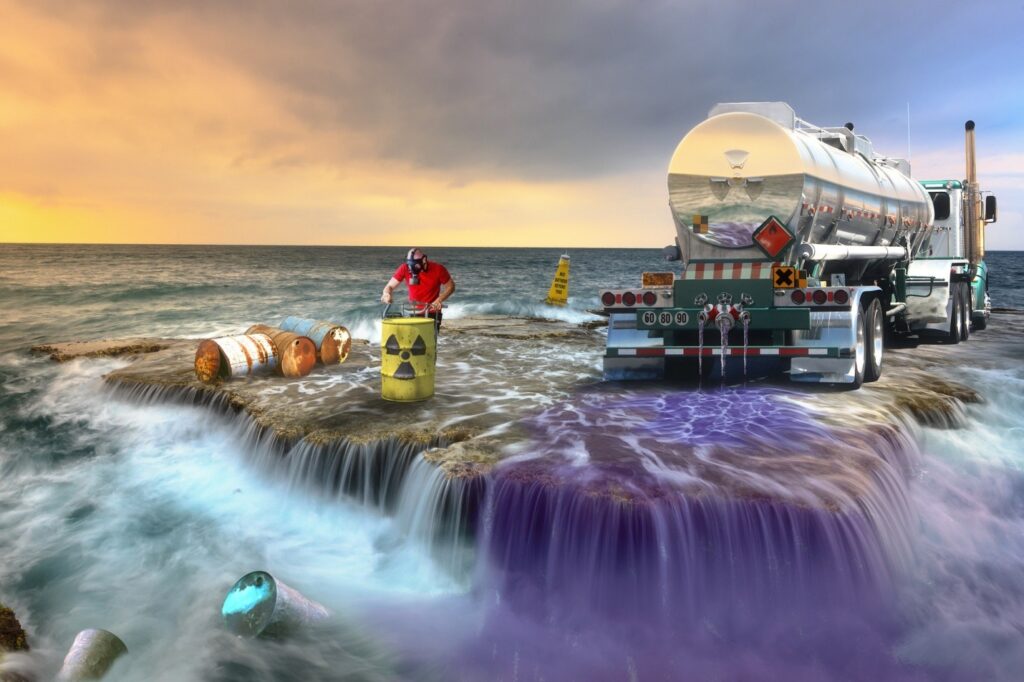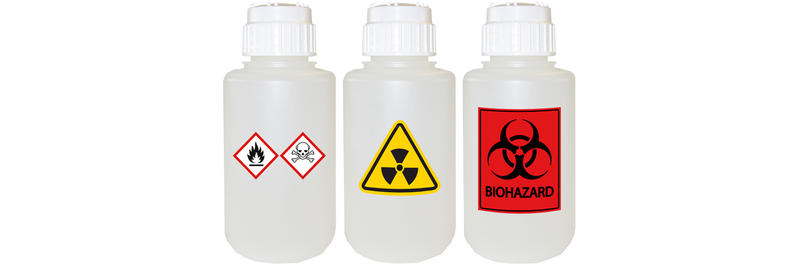Our Reclaim Waste Ideas
Table of ContentsLittle Known Facts About Reclaim Waste.The Basic Principles Of Reclaim Waste 4 Easy Facts About Reclaim Waste ExplainedAll about Reclaim Waste9 Simple Techniques For Reclaim Waste
Check out the types, incidents, and forms of fluid waste. Domestic sewage waste refers to the waste and items from a household septic system. This kind of waste is created by humans in houses, institutions, and other buildings. This only consists of septic storage tanks that have a drainpipe area. The proper monitoring and disposal of residential sewage waste call for liquid waste to be moved to a sewage therapy plant where the proper approaches and devices are put on detoxify and deal with waste.
Industrial waste typically consists of potential dangers, such as combustible products or a combination of fluid and solid waste items, and requires an advanced and comprehensive disposal process. The disposal of business waste normally entails the filtration of waste prior to transportation to ensure safe and correct disposal. Hazardous waste is produced from results and runoff of industrial procedures and manufacturing.
This kind of waste can not use the very same sewer management transportation or processes as septic or industrial liquids. The industrial waste management process needs the inspection and testing of liquid waste before it undertakes the disposal process (liquid waste disposal). Runoff waste is the liquid waste that comes from overflow and excess stormwater in extremely populated areas or cities
Overflow waste can trigger contamination and flooding if not dealt with properly. Making sure appropriate waste administration can avoid disasters and reduce ecological damage.
How Reclaim Waste can Save You Time, Stress, and Money.
Get in touch with PROS Providers today to discover our waste management and disposal services and the correct means to take care of the fluid waste you produce.
(https://pxhere.com/en/photographer-me/4429814)This so-called 'wastewater' is not just a crucial source yet, after therapy, will certainly be launched to our land, rivers or the ocean. Made use of water from bathrooms, showers, baths, kitchen sinks, washings and commercial procedures is known as wastewater.

water made use of to cool equipment or clean plant and equipment). Stormwater, a kind of wastewater, is runoff that streams from farming and urban locations such as roofings, parks, yards, roads, paths and gutters right into stormwater drains pipes, after rain. Stormwater flows neglected directly to local creeks or rivers, ultimately reaching the sea.
The 5-Second Trick For Reclaim Waste
In Queensland, many wastewater is treated at sewage treatment plants. Wastewater is transferred from domestic or industrial websites via a system of sewage systems and pump stations, called sewage reticulation, to a sewer treatment plant. Regional federal governments develop, keep and operate most sewage therapy plants. Operators are accredited under the Environmental Security Act 1994 to discharge treated wastewater at an acceptable environmental standard into rivers.
The Division of Natural Resources suggests regional governments about managing, operating and keeping sewage systems and treatment plants. In unsewered areas, city governments might need owners to mount individual or household sewer treatment systems to treat residential wastewater from bathrooms, kitchen areas, shower rooms and laundries. The Department of Natural Resources authorizes the usage of family systems when they are verified to be efficient.
Many stormwater receives no treatment. In some new subdivisions, therapy of some stormwater to remove clutter, sand and gravel has actually begun using gross toxin traps. Wastewater therapy happens in four stages: Removes strong matter. Larger solids, such as plastics and various other items incorrectly released to sewage systems, are removed click over here when wastewater is passed with screens.
Uses tiny living organisms recognizes as micro-organisms to damage down and eliminate remaining dissolved wastes and fine fragments. Micro-organisms and wastes are included in the sludge.
Unknown Facts About Reclaim Waste
Nutrient elimination is not readily available whatsoever sewage treatment plants due to the fact that it requires expensive specialised tools. It is coming to be much more common in Queensland. Clear liquid effluent generated after therapy might still consist of disease-causing micro-organisms. If this effluent is launched right into rivers such as rivers or the sea, the micro-organisms will ultimately die out.

This normally indicates wastewater has to be treated or pollutants removed before it can be discharged to rivers. The majority of wastewater moves right into the sewerage system. Under the Act, local federal governments carry out approvals and permits for eco appropriate activities (Ages) involving wastewater releases that may have a regional impact. The division administers authorizations and permits to Periods including wastewater releases that may have a local or statewide effect.
The 6-Minute Rule for Reclaim Waste
Tracking supplies valid details about water high quality and can verify that permit problems are being satisfied. The details gotten via monitoring offers the basis for making water quality choices.